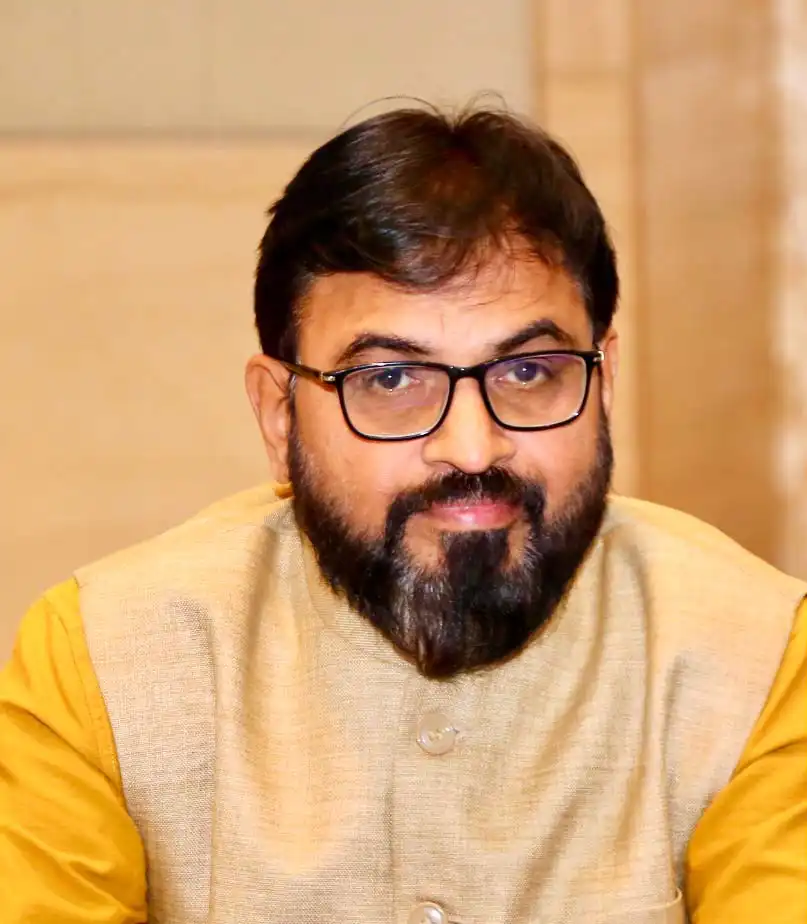Q:As an HR leader, what fuels agility in VUCA organizations?
A:In VUCA (Volatile, Uncertain, Complex, Ambiguous) organizations, agility is fuelled by a strong culture of continuous learning and adaptability. Encouraging open communication and collaboration across all levels enables quick responses to change. Empowering employees with decision-making authority fosters innovation and swift problem-solving. Leveraging technology for real-time data analysis and flexible work arrangements enhances responsiveness. Prioritizing employee well-being and resilience builds a robust workforce capable of navigating challenges. HR leaders play a crucial role by driving these initiatives, ensuring the organization remains dynamic, resilient, and competitive in an ever-changing environment.
Q:In your view, how does leadership contribute to cultivating agility within organizations?
A:I think, leadership cultivates agility by fostering a culture of trust, open communication, and continuous learning. Agile leaders encourage innovation, empower employees to make decisions, and quickly adapt to changes. They promote collaboration, embrace technology, and prioritize resilience and well-being. By setting a clear vision and being adaptable themselves, leaders inspire their teams to navigate challenges effectively, ensuring the organization remains flexible and responsive in a dynamic environment.
Q:Can you describe a situation where you had to balance the need for agility with the necessity of maintaining stability and predictability within an organization?
A:During our company's digital transformation, I balanced agility and stability by introducing a new project management tool in stages. Agile teams piloted the tool, iterating based on feedback, while we maintained existing processes for core projects. Regular updates and training sessions ensured everyone was informed and prepared, preserving predictability. This phased approach allowed us to innovate and improve without disrupting ongoing operations, ensuring both agility and stability throughout the transformation.
Q:How do you foster a culture of experimentation and learning within an agile organization, encouraging teams to take calculated risks and iterate on their approaches?
A:I foster a culture of experimentation and learning by promoting a safe environment where failure is seen as a learning opportunity. Encouraging open communication and feedback helps teams share insights and improve. I support pilot projects and incremental changes to manage risks. Recognizing and rewarding innovative ideas and successful iterations motivates teams to take calculated risks. Providing continuous learning opportunities and resources ensures teams stay adaptable and informed, driving a culture of ongoing improvement and agility.
Q:How do you balance the need for autonomy and empowerment with the necessity of alignment and coordination across multiple agile teams working on interconnected projects?
A:Balancing autonomy and alignment involves setting clear, shared goals and maintaining open communication channels. I empower teams with the freedom to make decisions while ensuring regular cross-team meetings to synchronize efforts and address dependencies. Encouraging transparency through progress updates and collaborative platforms ensures teams stay aligned and informed, enabling both independence and cohesive project execution.
Q:As an HR leader, how do you handle conflicts or disagreements within agile teams, particularly when it comes to prioritizing tasks or making trade-offs between speed and quality?
A:As an HR leader, I handle conflicts by fostering open dialogue and active listening. I facilitate discussions to understand differing perspectives and encourage collaborative problem-solving. I promote a culture of respect and empathy, ensuring all voices are heard. When necessary, I mediate to find mutually acceptable solutions, emphasizing the importance of both task completion and maintaining team harmony.
 Interview
Interview
